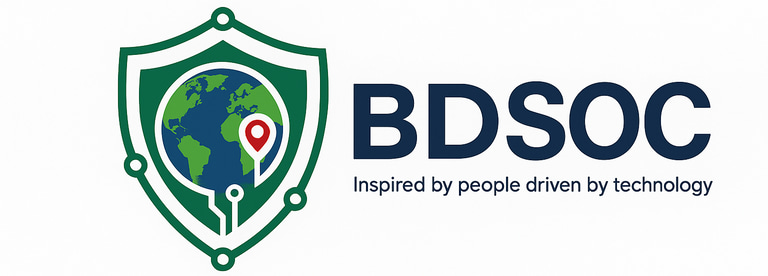Risk Control Self-Assessment (RCSA)
Know Your Risks. Strengthen Your Controls. Build Operational Resilience.
At BDSOC Inc., we help organizations conduct structured Risk Control Self-Assessments to identify operational, cybersecurity, compliance, and reputational risks across departments and business processes. Our RCSA service ensures your controls are not only documented but also tested, rated, and improved.
We work with your internal teams to evaluate risk exposures, control effectiveness, and mitigation strategies.
Risk identification across key business units
Inherent vs residual risk ratings
Control mapping and validation
Risk control gaps and weaknesses
Business impact and likelihood scoring
Documentation of risk ownership and accountability
Internal audit and compliance readiness
Control testing procedures and sampling
Risk trend and historical incident analysis
Integration with enterprise risk management and compliance frameworks
What We Assess in RCSA


Without an effective RCSA program, your organization may be unaware of critical internal weaknesses until it’s too late. A well-run RCSA uncovers gaps before they turn into financial, legal, or operational issues.
Problems we typically uncover:
✔ Controls that are outdated or poorly designed
✔ Lack of clarity on risk ownership
✔ Gaps between written policy and actual practice
✔ Unmonitored risks in IT, HR, or operations
✔ Non-compliance with HIPAA, NY SHIELD, and internal controls
Why RCSA Matters


Step 1: Risk Scoping
We work with your leadership to define business areas, risk domains, and assessment depth.
Step 2: Risk and Control Inventory
We identify and document all key risks and controls by process, owner, and function.
Step 3: Risk Rating and Control Evaluation
We assess likelihood and impact, then evaluate control design and effectiveness.
Step 4: Gap Identification and Action Planning
We highlight risks without effective controls and recommend specific improvements.
Step 5: Reporting and Review
We deliver a complete RCSA report and facilitate a review with your executive or compliance teams.
Our RCSA Process


Based in New York with over 12 years of experience in enterprise risk and cybersecurity controls
Supporting small clinics, home healthcare providers, SaaS startups, and financial institutions
All assessments are conducted by certified professionals including CISA, CRISC, CISSP, PMP, and CCISO
Experienced in aligning RCSA outcomes with HIPAA, NIST, ISO 27001, and NY SHIELD compliance
We provide executive-level insights and operational-level guidance that scales to your environment
Why Choose BDSOC Inc.


Two widely recognized frameworks for structuring an incident response plan are developed by NIST (National Institute of Standards and Technology) and SANS (SysAdmin, Audit, Network, Security). Both frameworks outline similar steps but differ in their approach:
NIST Framework
Preparation
Detection and Analysis
Containment, Eradication, and Recovery
Post-Incident Activity
SANS Framework
Preparation
Identification
Containment
Eradication
Recovery
Lessons Learned
Both frameworks emphasize the importance of preparation and continuous improvement in handling security incidents effectively.
Frameworks for Incident Response
Our Training Partners
Our Technology Partners
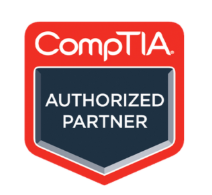

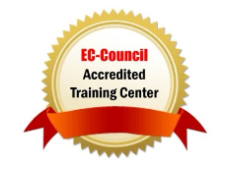







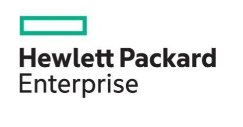

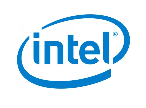






Ready to Strengthen Your Internal Risk Controls?
Our RCSA helps you reduce risk, improve controls, and prepare for audits with confidence.
